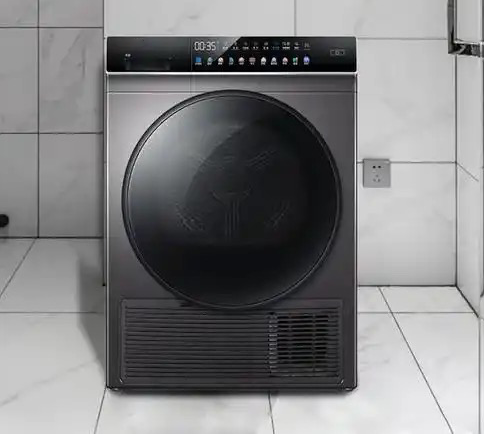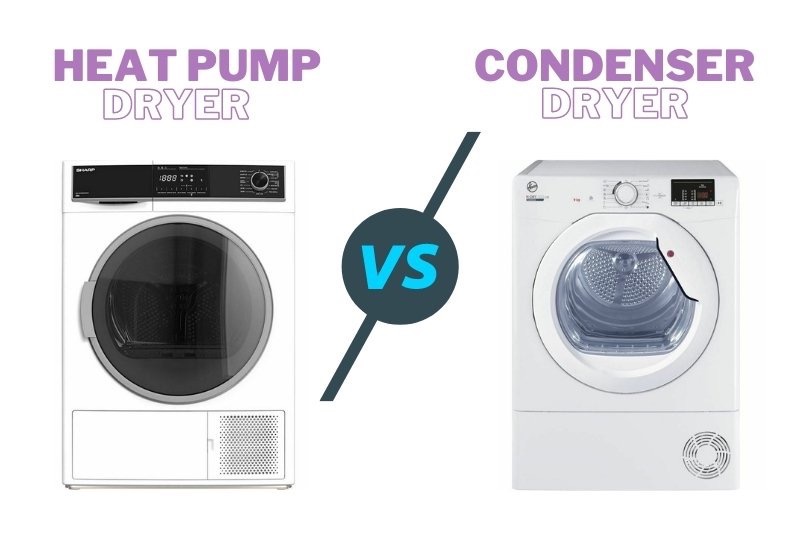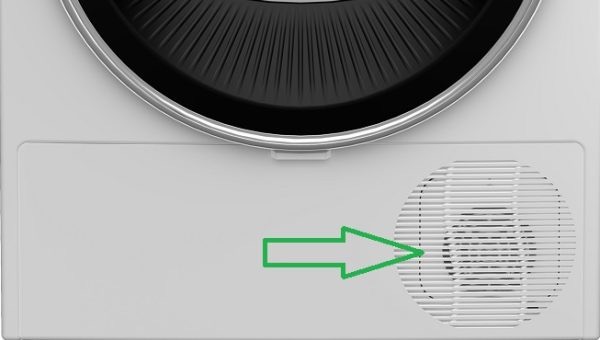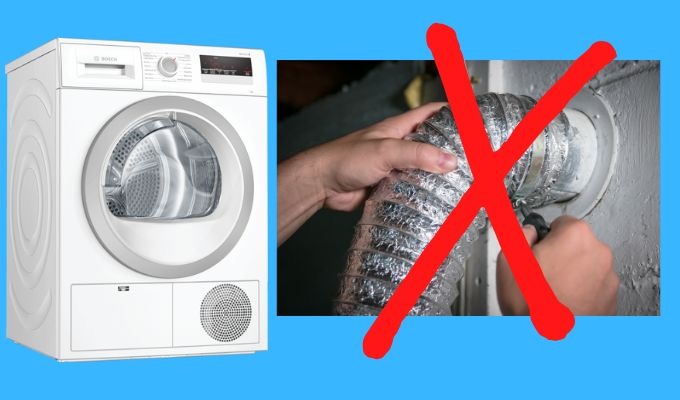
Content Menu
● Understanding Heat Pump Tumble Dryers
● The Ventilation System Explained
● Installation Requirements and Considerations
● Energy Efficiency and Environmental Impact
● Maintenance and Care
● Advantages and Limitations
● Conclusion
● Frequently Asked Questions
>> Q1: Do heat pump tumble dryers need to be plumbed in?
>> Q2: How much energy do heat pump dryers save compared to conventional dryers?
>> Q3: Can a heat pump dryer be installed in any room?
>> Q4: How often should the heat pump dryer be maintained?
>> Q5: Why do heat pump dryers take longer to dry clothes?
Understanding Heat Pump Tumble Dryers
A heat pump tumble dryer represents the latest innovation in laundry technology, offering an energy-efficient solution for modern households. These sophisticated appliances operate on a closed-loop system that recycles hot air to dry clothes while consuming significantly less energy than traditional dryers. Unlike conventional vented dryers, heat pump models use advanced heat exchange technology to remove moisture from clothes without requiring external ventilation. The system works by extracting warm air from the clothes, processing it through an evaporator to remove moisture, and then reheating and recirculating the air back through the drum.
The Ventilation System Explained
Heat pump tumble dryers operate fundamentally differently from traditional vented dryers. They utilize a sophisticated closed-loop system where the same air is continuously recycled through the drying process. The system consists of two main circuits: the drying circuit and the heat pump circuit. In the drying circuit, warm air passes through the drum, collecting moisture from the clothes. This moisture-laden air then moves through the heat pump circuit, where it's cooled to condense the water, which is collected in a reservoir or pumped directly to a drain. The air is then reheated and sent back through the drum, creating an efficient cycle that requires no external ventilation.

Installation Requirements and Considerations
While heat pump dryers don't need external ventilation, proper installation is crucial for optimal performance. The appliance requires adequate space around it to ensure proper air circulation. A well-ventilated room with ambient temperatures between 5°C and 35°C is ideal for operation. The dryer should be placed on a level, stable surface to minimize vibration and noise. Additionally, consider the following aspects:
- Adequate clearance around the unit for air circulation
- Proper electrical connection with grounded outlet
- Access to drainage options (either container or direct drain)
- Room temperature and humidity considerations
- Level flooring and stable positioning
Energy Efficiency and Environmental Impact
Heat pump tumble dryers stand out for their remarkable energy efficiency, typically consuming 50% less energy than conventional dryers. This efficiency stems from their ability to reuse heated air rather than continuously heating new air from the environment. The lower operating temperature not only saves energy but also provides gentler care for clothes, helping them last longer. Environmental benefits include:
- Reduced carbon footprint through lower energy consumption
- No external ventilation needed, reducing heat loss to the environment
- Lower operating temperatures protecting fabric quality
- Water conservation through efficient moisture handling
- Longer appliance lifespan due to gentler operation

Maintenance and Care
Proper maintenance is essential for ensuring the optimal performance of a heat pump tumble dryer. Regular care helps maintain efficiency and extends the appliance's lifespan. Key maintenance tasks include:
- Regular cleaning of the lint filter after each use
- Periodic cleaning of the heat exchanger
- Checking and emptying the water container
- Cleaning the moisture sensors
- Inspecting and cleaning the air circulation vents
- Regular checks of the door seal condition
- Ensuring proper leveling is maintained
Advantages and Limitations
Heat pump tumble dryers offer numerous benefits but also come with certain limitations that consumers should consider:
Advantages:
- Superior energy efficiency
- No need for external ventilation
- Gentle on clothes
- Lower running costs
- Environmentally friendly operation
- Flexible installation options
Limitations:
- Higher initial purchase cost
- Longer drying times
- Regular maintenance requirements
- Space requirements for installation
- Temperature sensitivity in extreme conditions
Conclusion
Heat pump tumble dryers represent a significant advancement in laundry technology, offering an energy-efficient and environmentally friendly solution for modern homes. While they don't require external ventilation, proper installation and maintenance are crucial for optimal performance. The initial investment may be higher, but the long-term benefits in energy savings and fabric care make them an excellent choice for environmentally conscious consumers.

Frequently Asked Questions
Q1: Do heat pump tumble dryers need to be plumbed in?
A: No, heat pump dryers don't require plumbing. They either collect water in a removable container or can be connected to a drain hose.
Q2: How much energy do heat pump dryers save compared to conventional dryers?
A: Heat pump dryers typically use 50% less energy than conventional vented or condenser dryers.
Q3: Can a heat pump dryer be installed in any room?
A: Yes, as long as the room has adequate ventilation and maintains a temperature between 5°C and 35°C.
Q4: How often should the heat pump dryer be maintained?
A: Basic maintenance like cleaning the lint filter should be done after each use, while deep cleaning of the heat exchanger should be performed every 2-3 months.
Q5: Why do heat pump dryers take longer to dry clothes?
A: They operate at lower temperatures to save energy and protect clothes, which results in longer drying times compared to conventional dryers.












